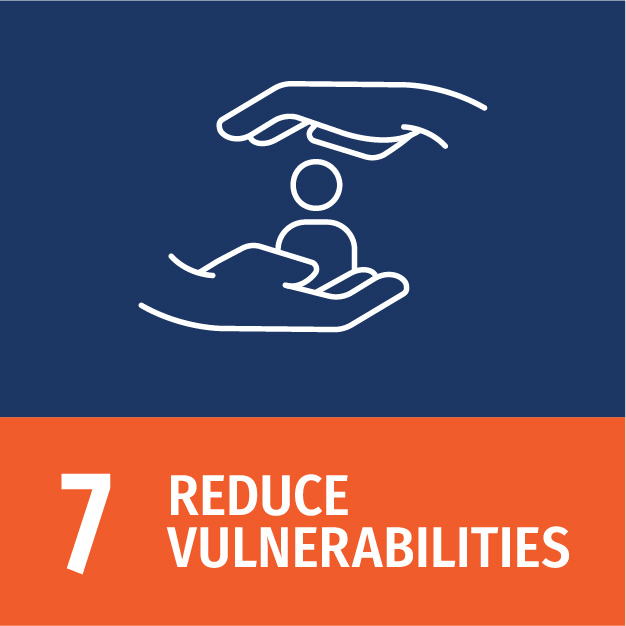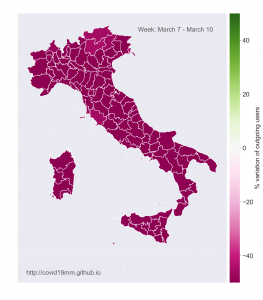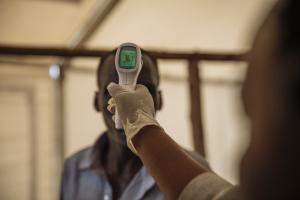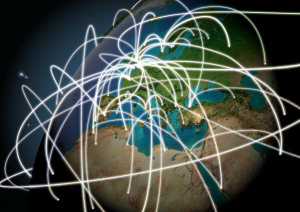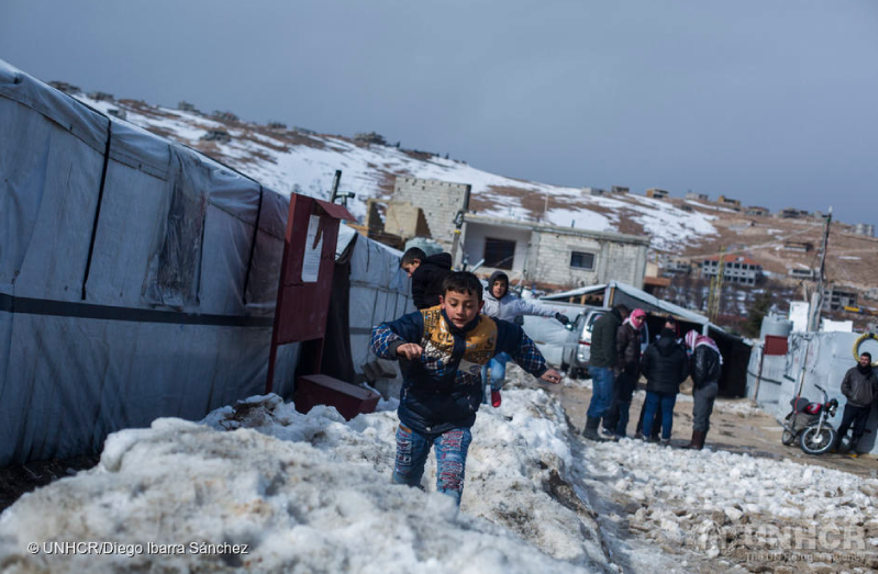
UNHCR’s “Winter Cell”: Forecasting migration flows with weather data
Summary
The “Winter Cell” was an innovative and interdisciplinary research group that provided weather analyses to predict migration flows and increased humanitarian needs in emergency environments worldwide in 2015 and 2016. Winter tends to make movements across borders and within countries more difficult and sometimes impossible. A sudden snowstorm at a congested border without sufficient material support could have disastrous results. The Winter Cell closely monitored social media and coordinated with partners such as national migration agencies and meteorological offices to produce daily weather reports and inform about potential effects on camps, border controls or mobility infrastructure such as streets, trains, and buses.
Results
As an example of a “Winter Cell” project, in 2015/16 the team forecasted plunging temperatures to lows of -5° to -15° C and heavy snowfall for the eastern Balkan Peninsula, Turkey, the Eastern Mediterranean, and the Middle East – an area where millions of refugees live in camps and settlements. The Winter Cell evaluated the potential impact of this weather and provided detailed reports for humanitarian organisations and governments to help them prepare for the upcoming emergency situation and to develop long-term mitigation strategies. The quick and flexible support provided by the Winter Cell through its intelligence, analysis and predictions supported countless people on the move, as well as humanitarian organisations and governments to fulfil their responsibilities It developed its service with rapid iterations in a flat hierarchy, an approach that proved to be useful and potentially can be applied again to similar contexts where quick actions and humanitarian support is required.
(Picture: © Diego Ibarra Sánchez, UNHCR)



